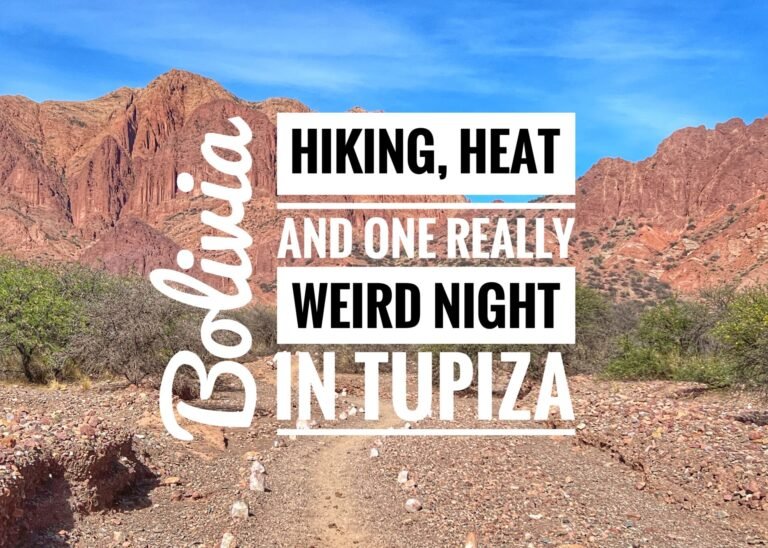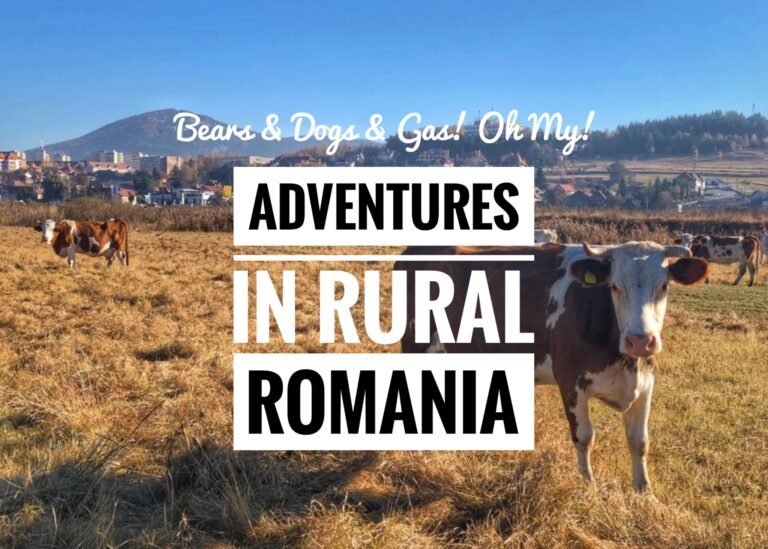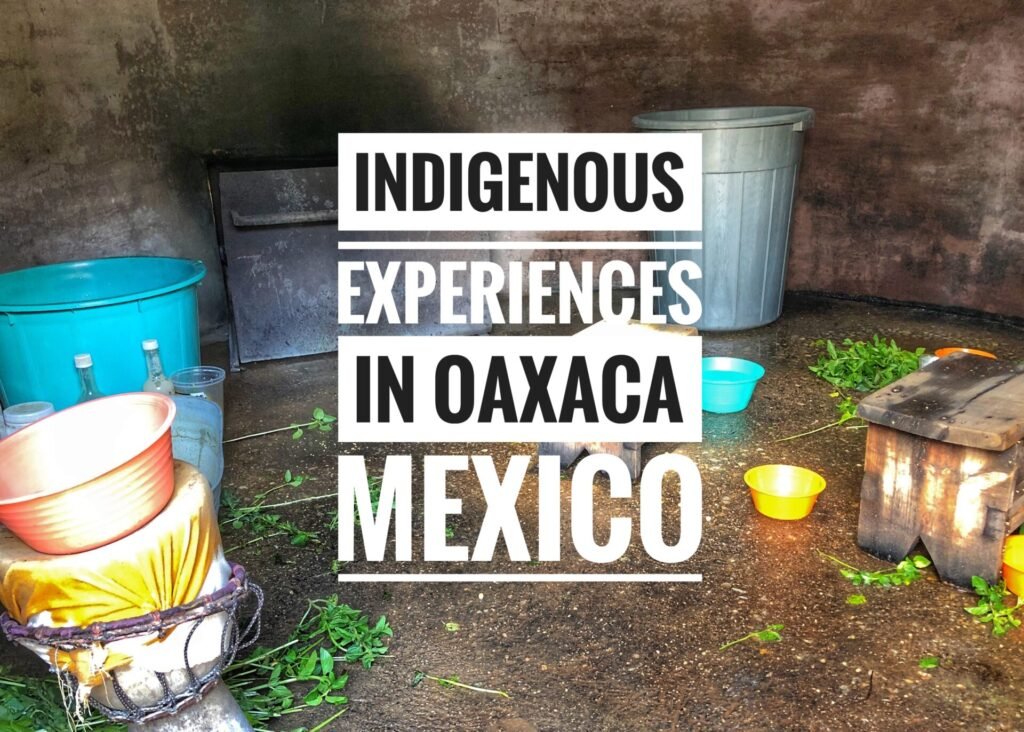
If we were going to choose any place we’ve been in Mexico as an authentic Mexico “starter” experience, Oaxaca might be the one we would recommend to people. It’s captivating, it’s vibrant, it’s one of the culinary powerhouses of the country, it has ruins, and its loaded with unique experiences. Mostly due to the cultural heritage and indigenous Zapotecs and Miztec populations that still represent the area, who have been here much longer than the arrival of the Spainards. A few of our favorite experiences are summarized in this post.
Ceviarem Temazcal Spa
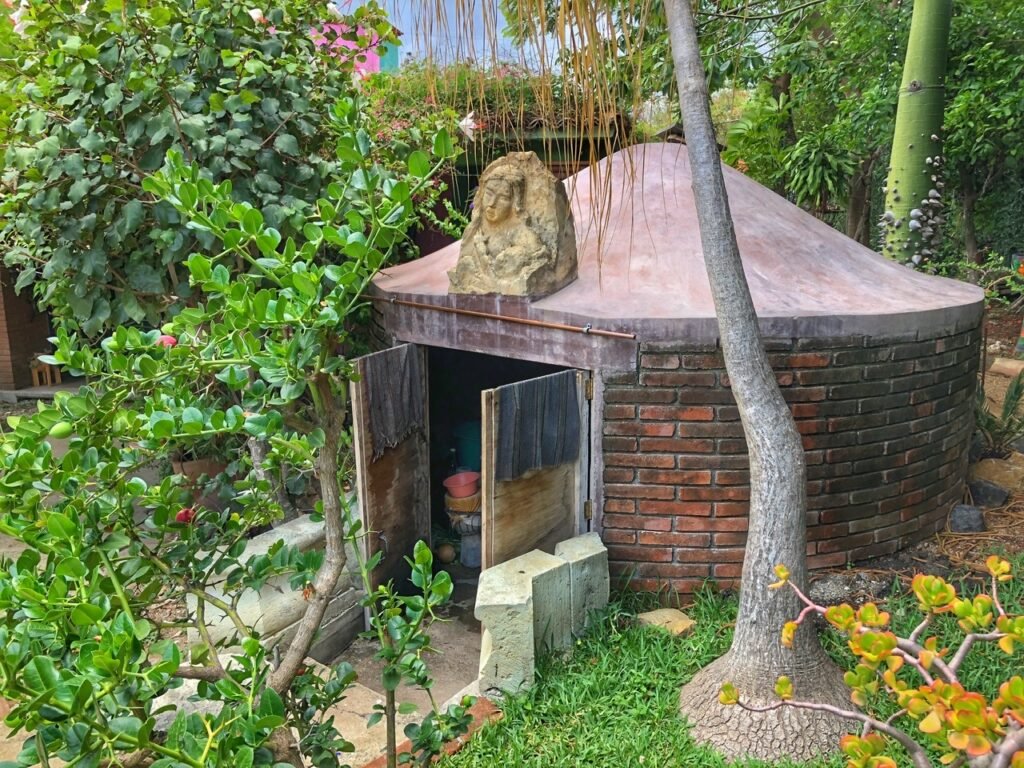
As part of Greg’s birthday celebration we splurged on a couple of experiences only found in Oaxaca. The first was a temazcal spa, which is a sweat lodge. This pre-Hispanic spiritual ritual that was used by the Zapotecs has been around Mexico for thousands of years and is said to represent the time inside a mother’s womb. When a person steps out of a temazcal, they are said to be reborn. It was one of the most mind-blowing, remarkable, and intimate experiences we’ve done in a long time. Highly recommend for couples (we preferred going alone and not with a group!), anyone on a soul-searching journey, or anyone who is having challenges in life and is open to change.
We couldn’t have been happier with Ceviarem Temazcal Oaxaca. It’s a bit out of town, about $150 pesos by taxi ($7.50) and cost $1500 pesos for both of us ($75) for 1.5 hours. Pictured is the actual temazcal, which are typically dome-like structures made out of cement, mud, or volcanic stone.
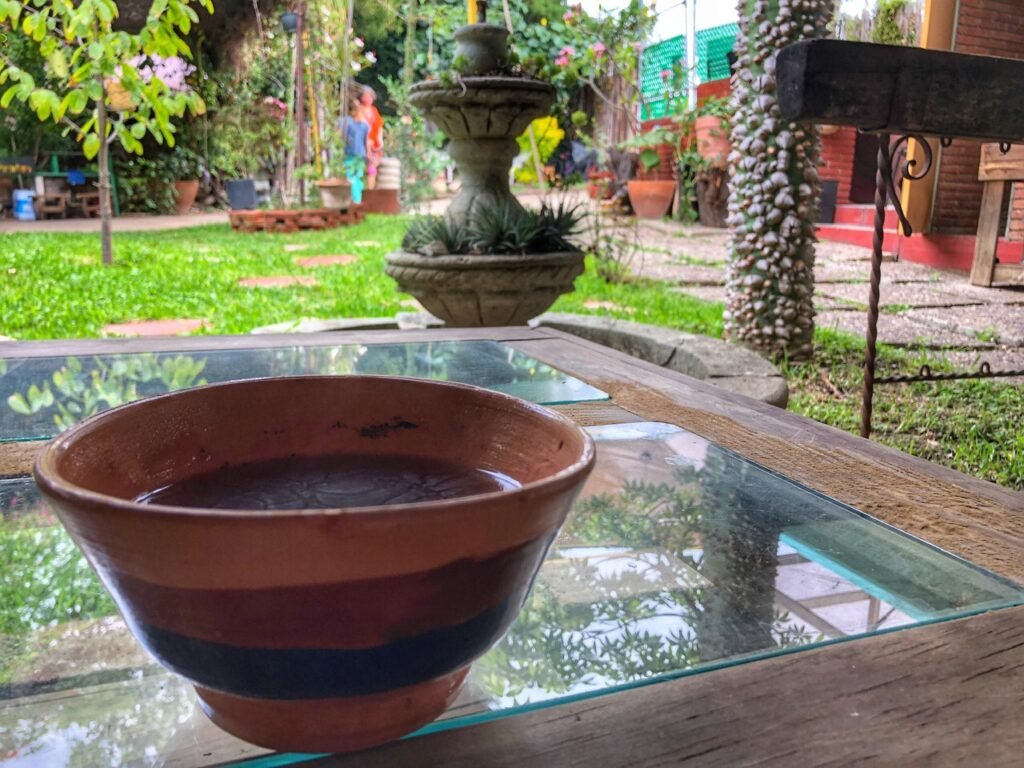
It started with some relaxing tea made of various herbs to help us unwind. Make sure to avoid alcohol and also drink a lot of water prior to a temazcal.
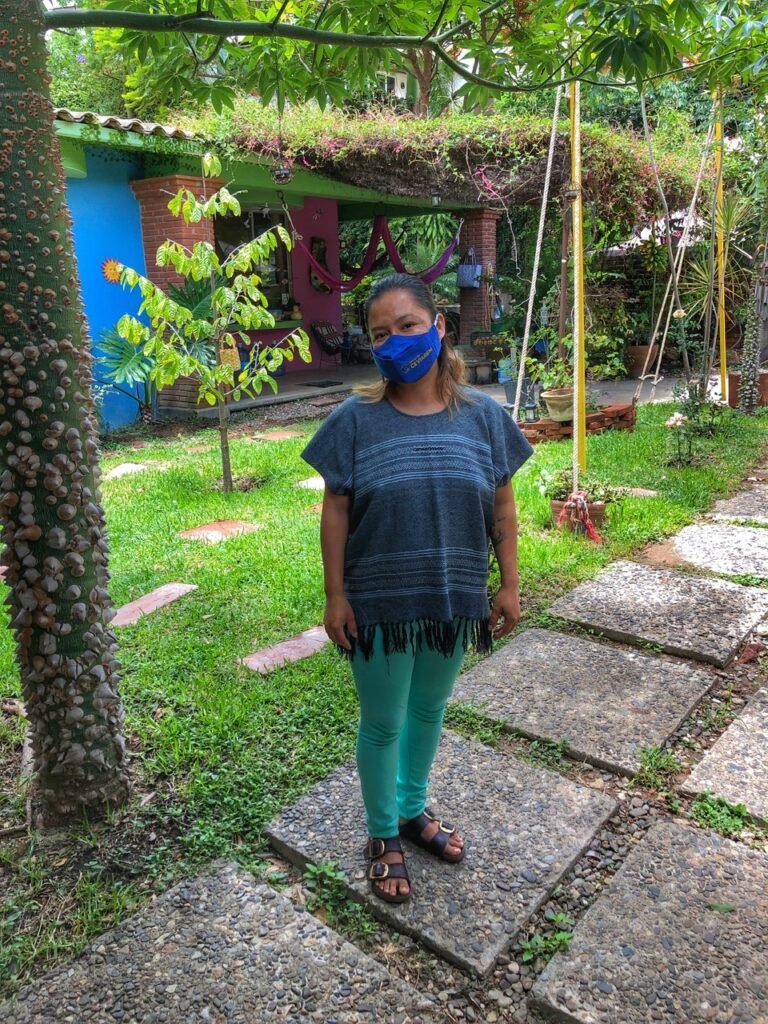
This is Blanca, one of the owners of the lodge. They were very COVID-friendly and did everything they could to make us comfortable through what could be a bit of an intimidating experience. She spoke excellent English, as did our guide.
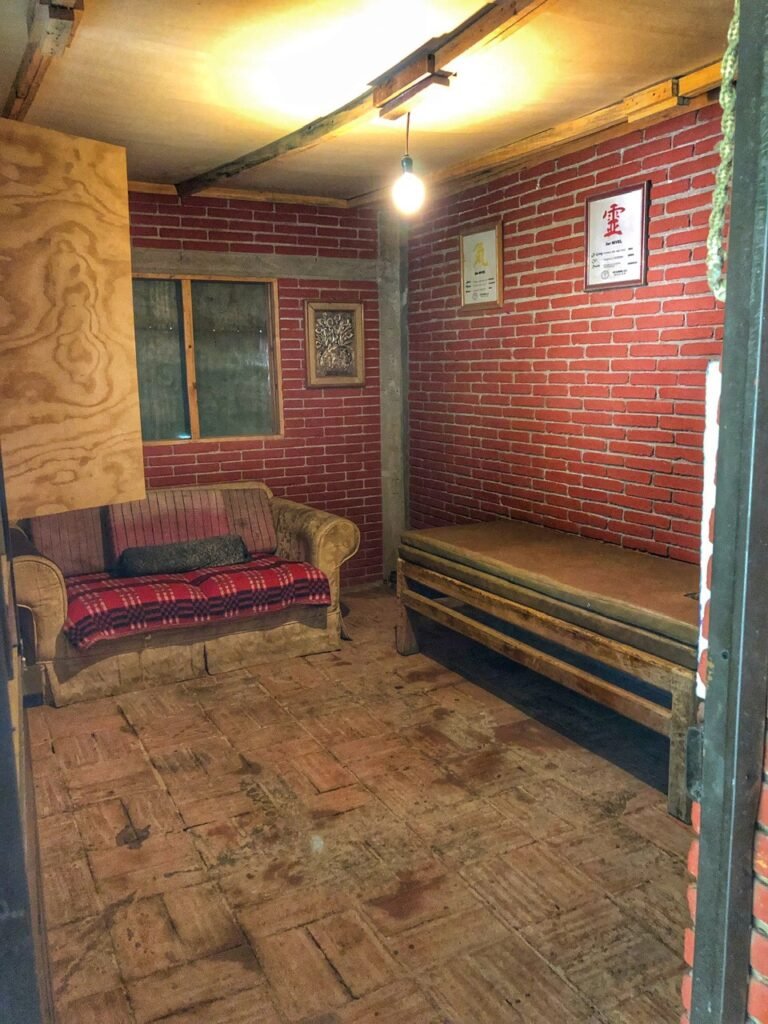
After our tea, we changed out of our clothes. You are welcome to either wear a swimsuit, underwear or nothing. It is actually encouraged that you go nude because it helps creates the mindset that you are shedding your outer mask and emerging from the womb as a new beginning. Other benefits include: flushing out toxins, clearing skin, supporting weight loss, improving blood circulation, decreasing risk of Alzheimer’s, and aiding in releasing mental burdens.
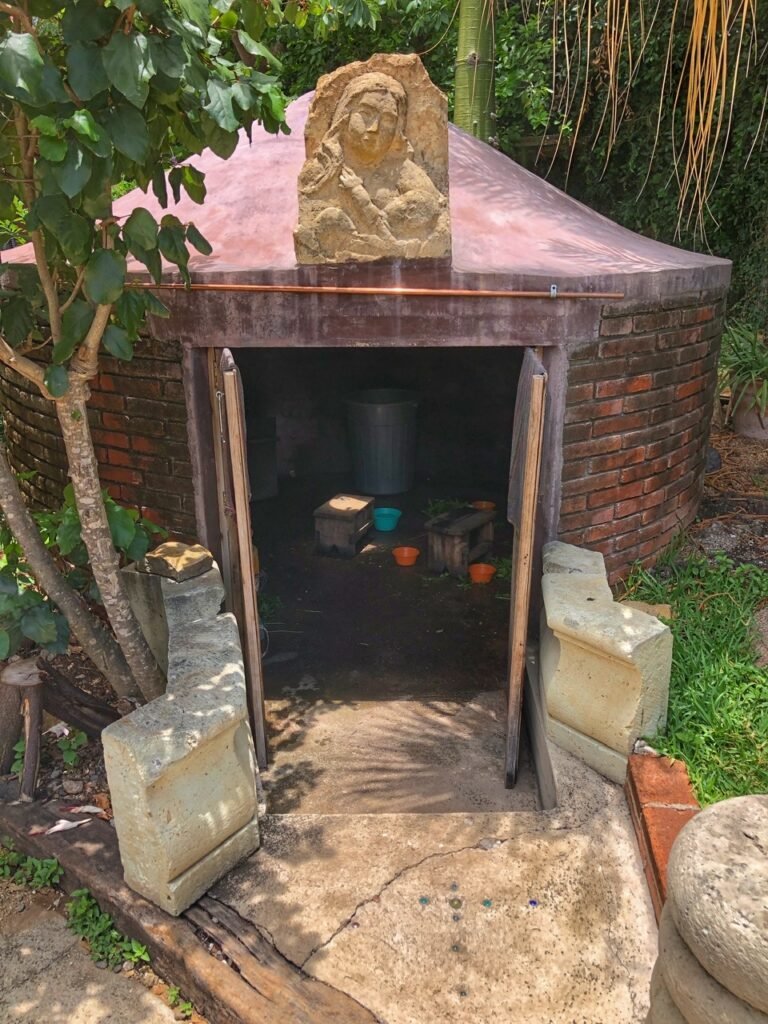
At the start of the ceremony, we were asked to step into the sweat lodge and get comfortable on the small wooden stools, which were on the perimeter (this photo was taken after.) It felt like a regular sauna at first, which was nice and familiar. Once we settled in, the shaman guide shut the doors making it dark except for two small candles, and took her seat across from us (in a full mask and face shield…don’t know how this is possible.) Not gonna lie, when the doors were shut, it was a bit intimidating and can be challenging for those with claustrophobic and anxious tendencies (Mandy.) However, she maintained her breath and stuck with the whole process and it ended up being one of the most amazing experiences ever.

The shaman gave us a long introduction on the history and the process and we were told we could stand up if we wanted more heat, or sit on the floor if we wanted less. Water is then poured over steaming volcanic stones to produce steam that fills the room. And it definitely gets hot. Really hot. Probably hotter than we’ve ever been (except maybe 115 in Dubai!) and your body produces about a liter of sweat during the 1 hour and 30 minutes inside.
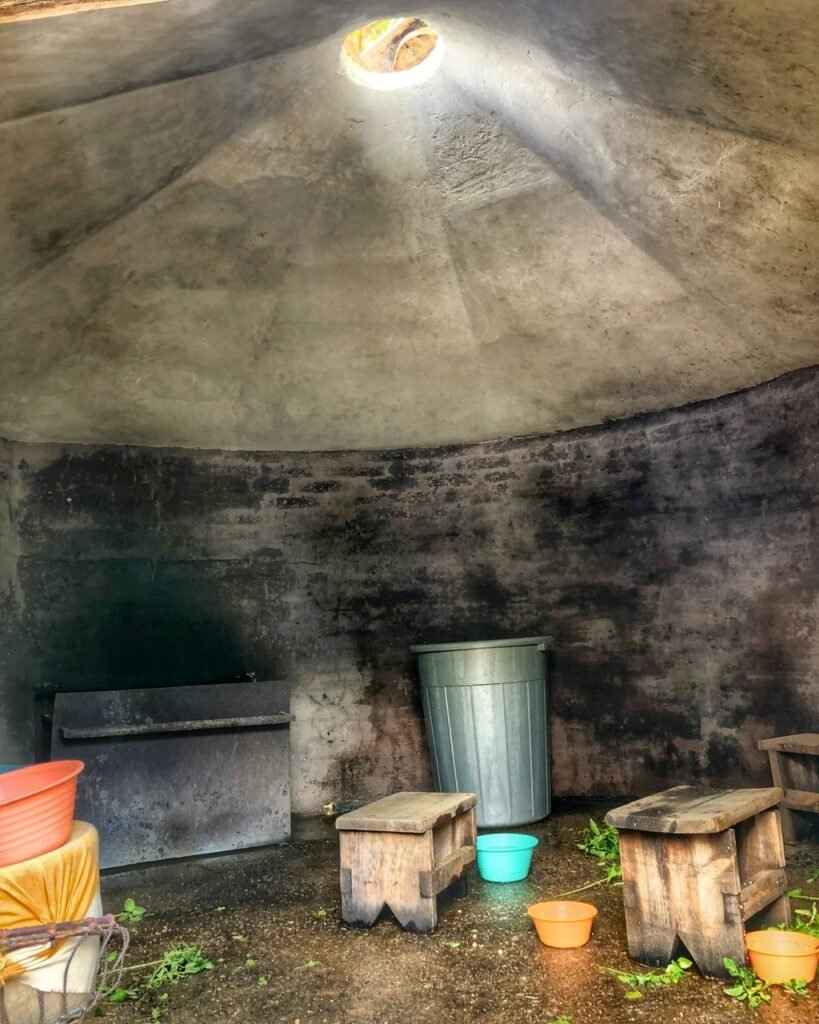
We also rubbed, lathered and slapped ourselves with far more things than we remember, including mezcal, oranges, herbal creams, cucumber water, spearmint oil, mint leaves, aloe vera and nopales (cactus) and coffee all having their own purpose. Throughout the process, the shaman led us through what some may consider therapy which allows you to revisit past experiences that may be haunting you or that need attention. Towards the end, she led us in chanting and singing and then, at the very end, left us alone to allow us to communicate with one another, which for us, was incredibly powerful.
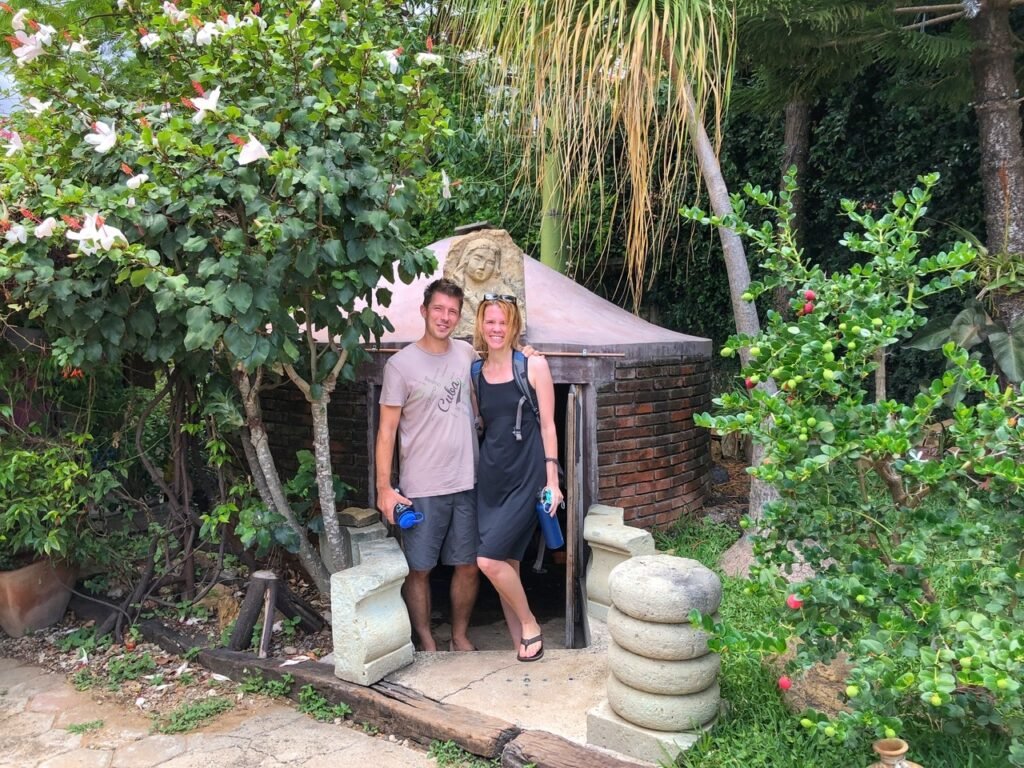
When we finally emerged from the womb, the 80-degree breeze felt practically cold as we drank a lot of water and took cold showers. It’s an experience that is incredibly difficult to put into words, but one we’ll remember forever and something we hope to repeat again.
Monte Alban

Located on the outskirts of Oaxaca City and rather impossibly atop a mountain with truly splendid panoramic views of the Oaxaca basin, the pre-Colombian archeological site and ruins of Monte Alban are an unmissable and easy day trip attraction. The UNESCO World Heritage ruins lie only 8.5 km, or a quick 20 minute drive from the center of Oaxaca city. The city, for a time, was the largest city in the Americas, and it is thought the Zapotecs sited Monte Alban in such an inconvenient location to highlight their power and ingenuity over the natural world. Water, for instance, was hand carried up the mountain by laborers regularly, in order to fill water basins.
There are several transport options available to visit the ruins in order of logistical complexity and affordability… walking, public bus, shuttle bus, and organized tour group. The ancient city ruins at Monte Alban had been inhabited for over 1500 years prior to the arrival of the Spaniards, and have been restored thoughtfully, but what really amplifies the “wow” factor is their mountaintop vista!

Founded in about 500 BC, it was largely abandoned by 950. The city was rediscovered and restoration began in the 1930s.
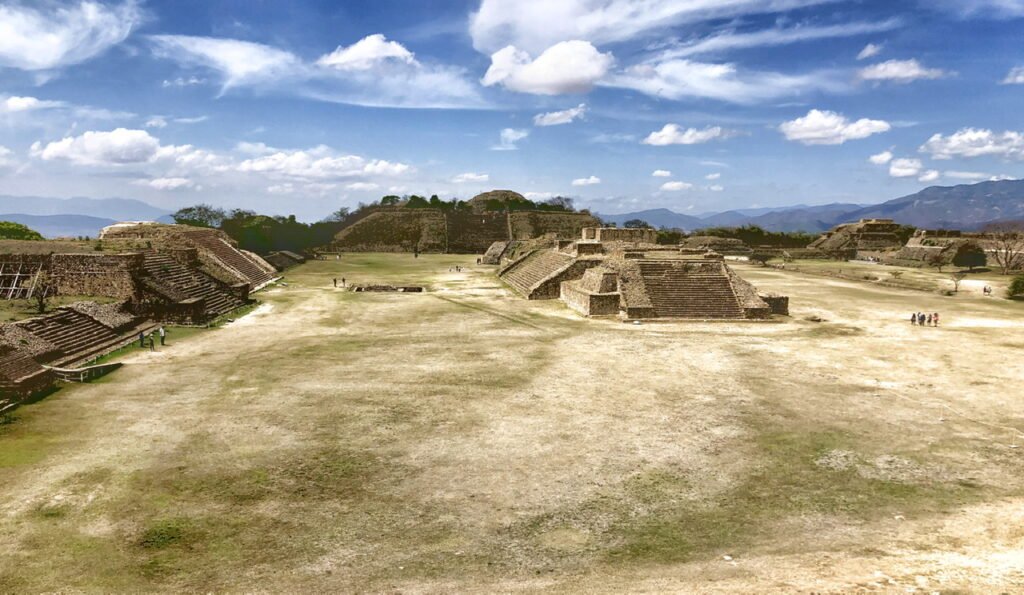
The expansive view over the Gran Plaza. It’s hard to imagine the amount of earth the Zapotecs must have moved (by hand!) in order to create this vast level plateau on what was once a very un-level mountain top!
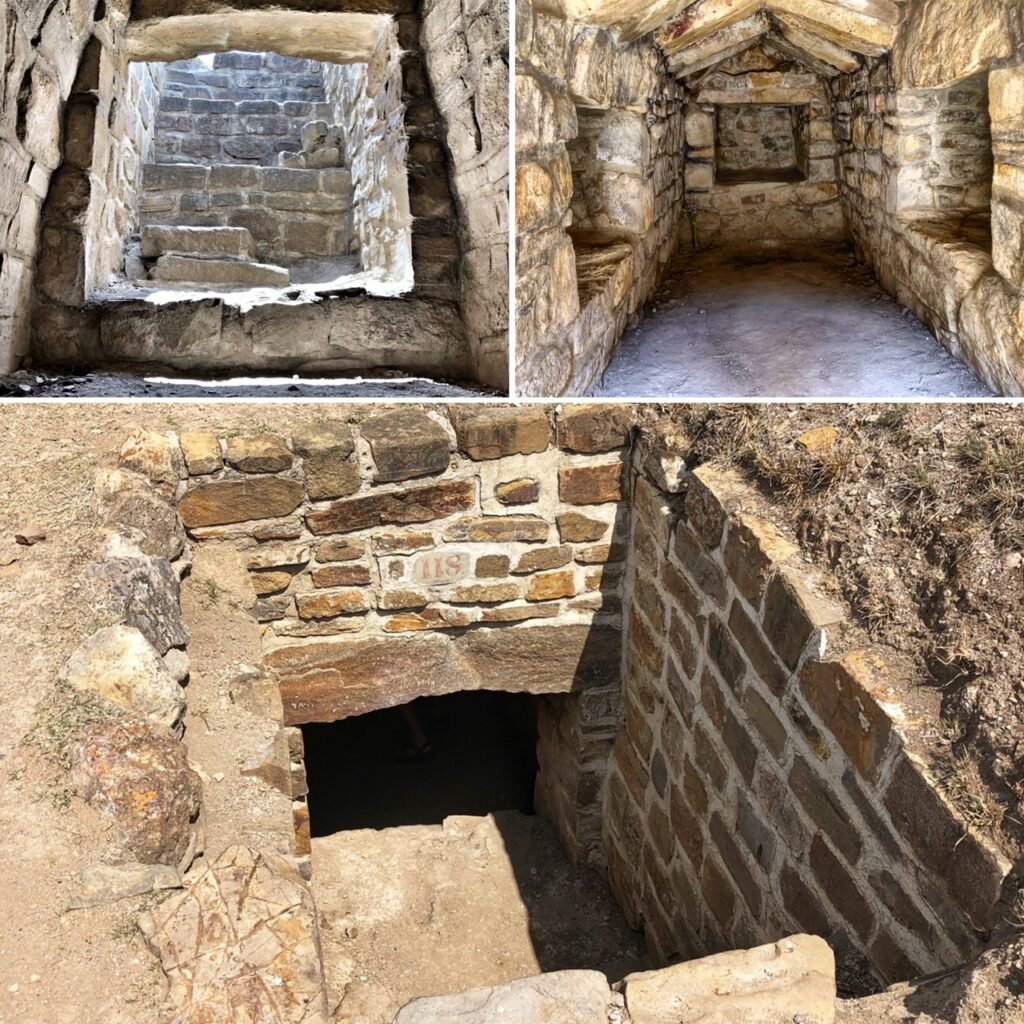
An entrance to one of the tombs. And views from inside the vaulted tomb.
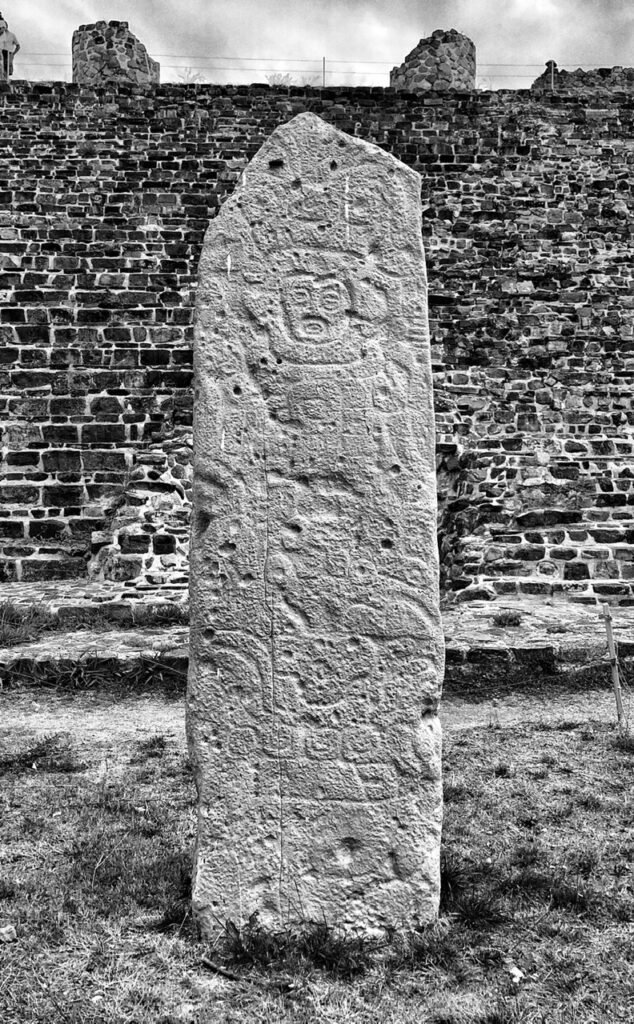

A beautifully intricate stela. The written language of the Zapotecs was in symbolic and ornate glyphs like these… this stela tells the origin story of the city rulers and the victorious battles they fought against neighboring city states.
At right, this incredibly sophisticated stela was used as an astronomical calendar to determine events like summer and winter solstices as well as a clock to mark the times of the day. Oh, and it also just so happens to be orientated to take into account all the cardinal directions… amazing!
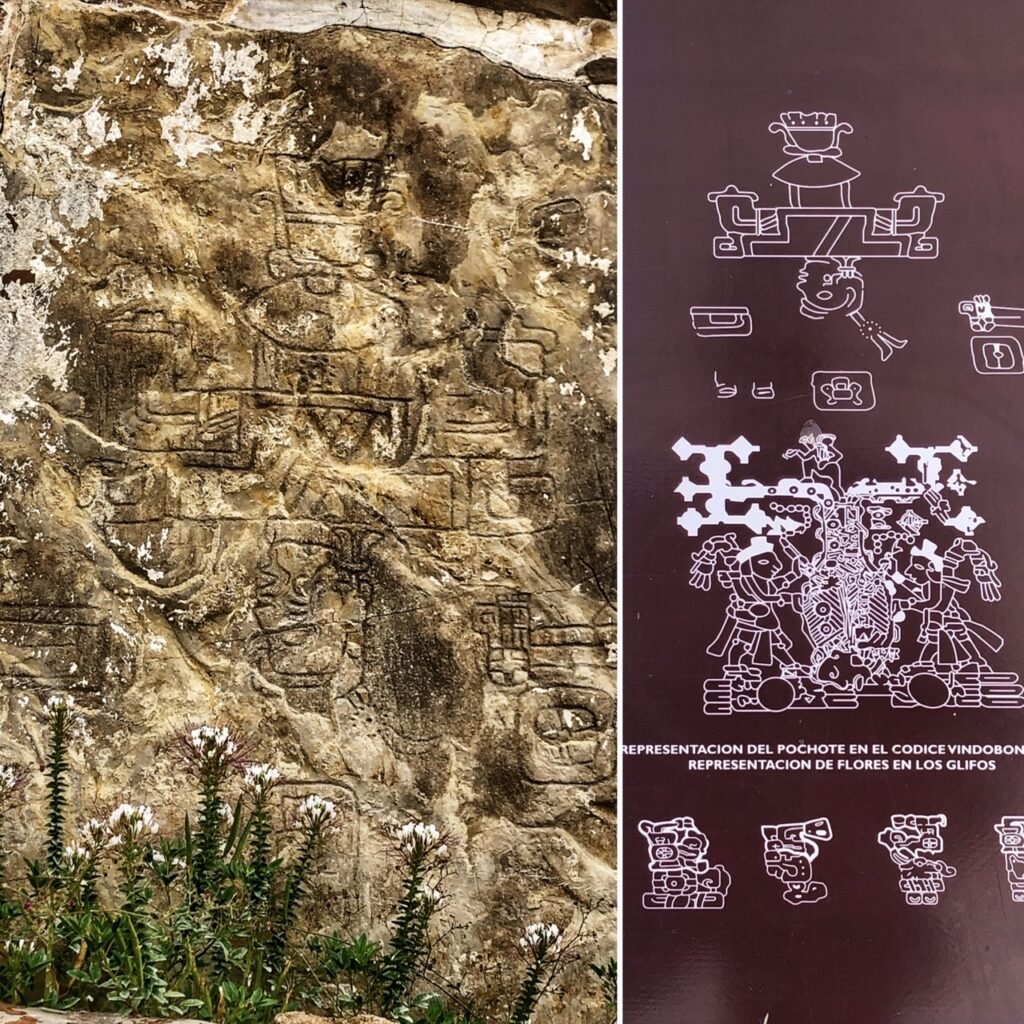
The Zapotecs were very militaristic, and many of the glyphs like this one found at the “observatory” tell a story of a nearby enemy city that was conquered… symbolized by the upside down head beneath the pictorial representation of the city name.

If you look closely midway up the staircase you will see a small gap in the stairs… it was from this point the solstice was observed when only on that day a sliver of light would shine through the small gap.
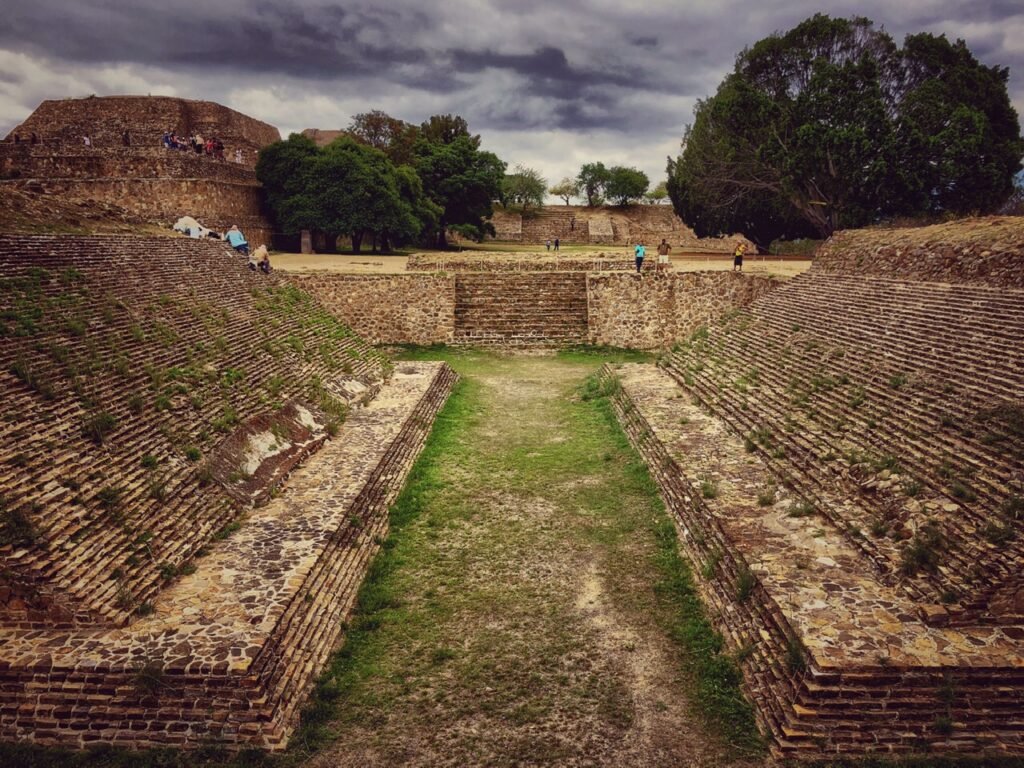
The ball court, which at one point would have had a slick surfaced lime plaster down the sides and perhaps stone circle hoops for scoring midway up; was used as a means to solve conflict, where the losing team was sacrificed for the gods.
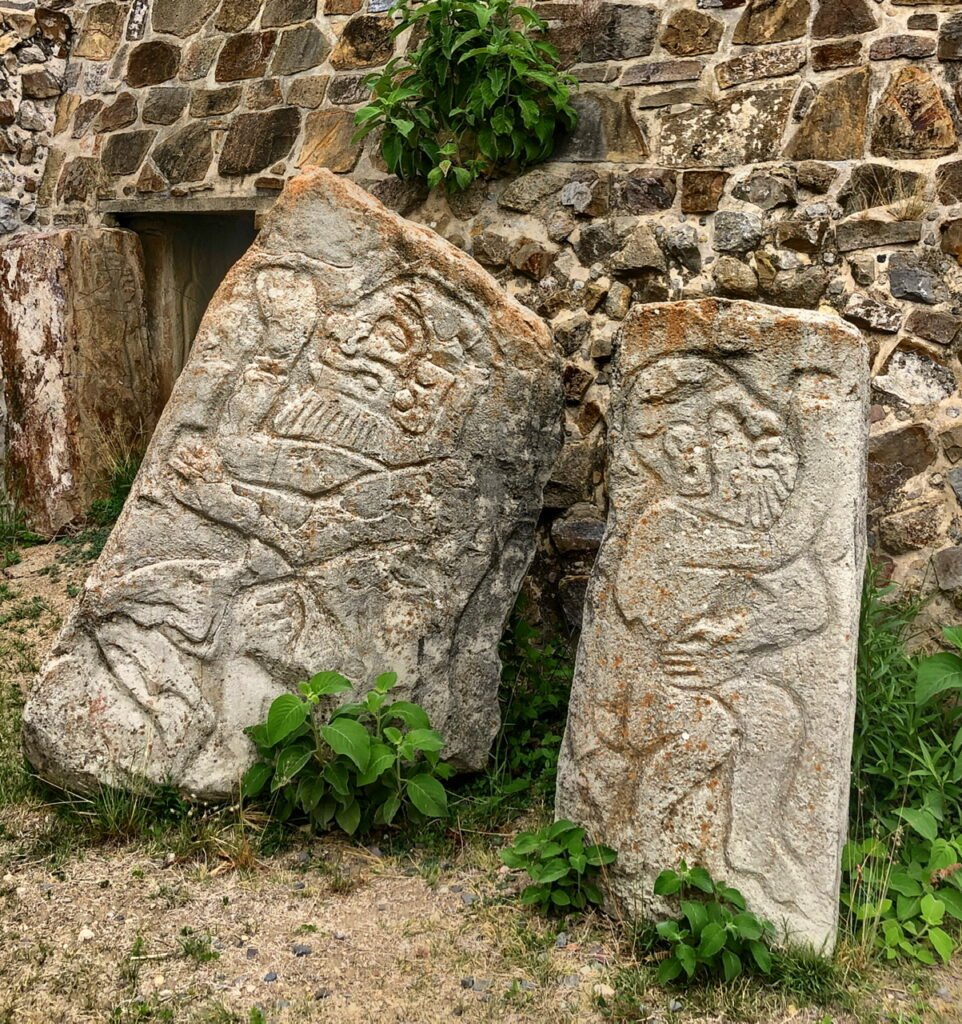
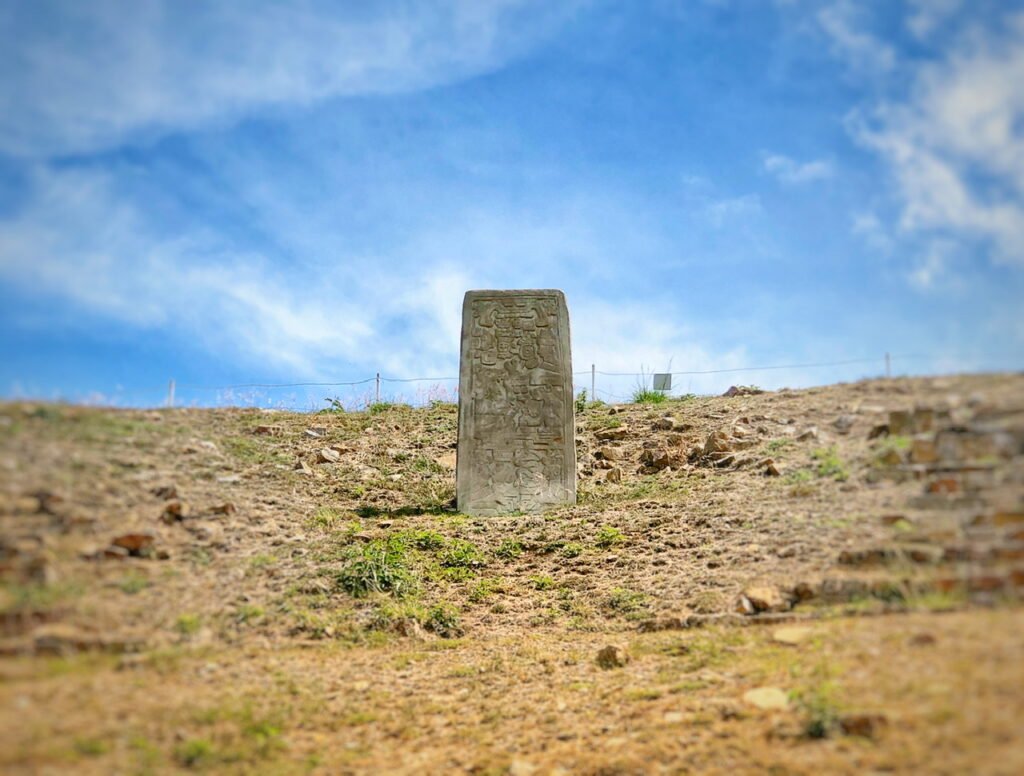
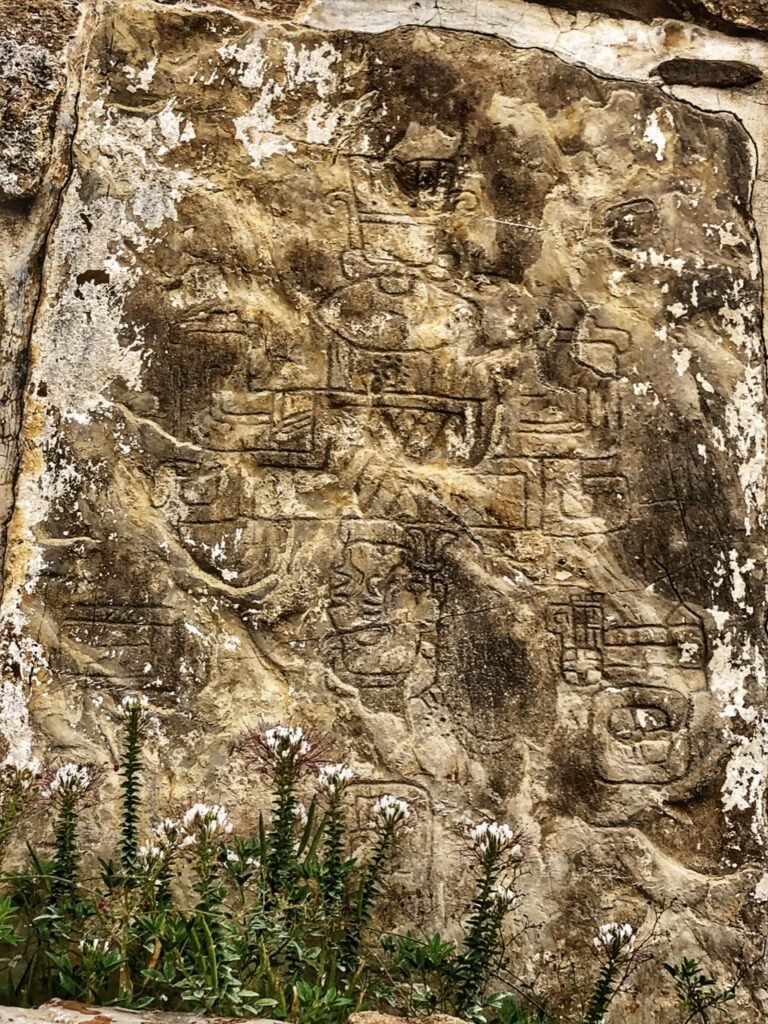
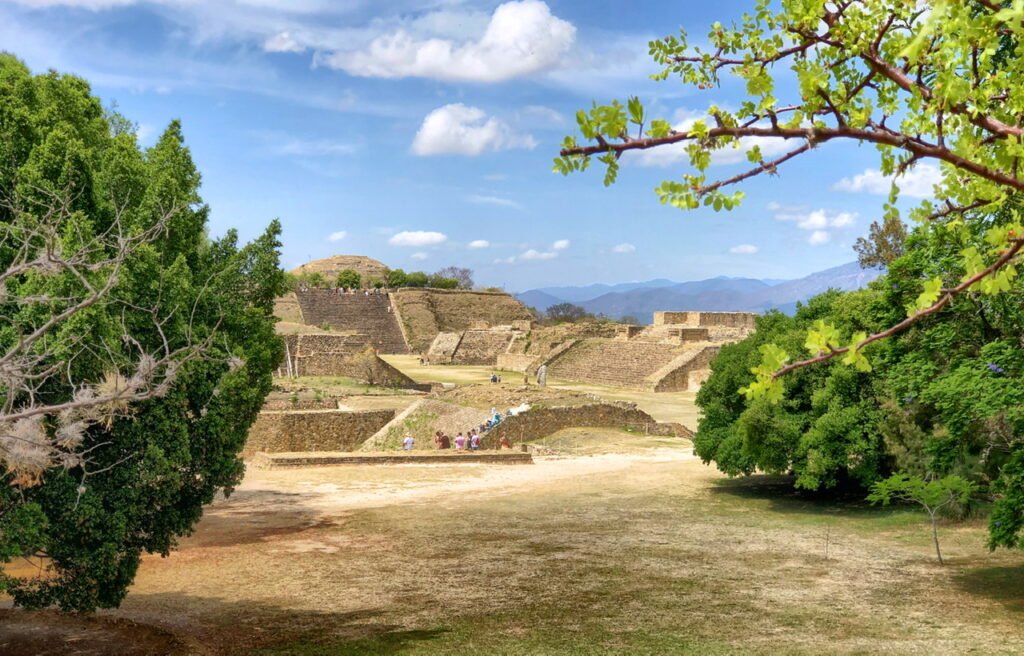
Other shots of Monte Alban.
Mezcal & Mole Tasting
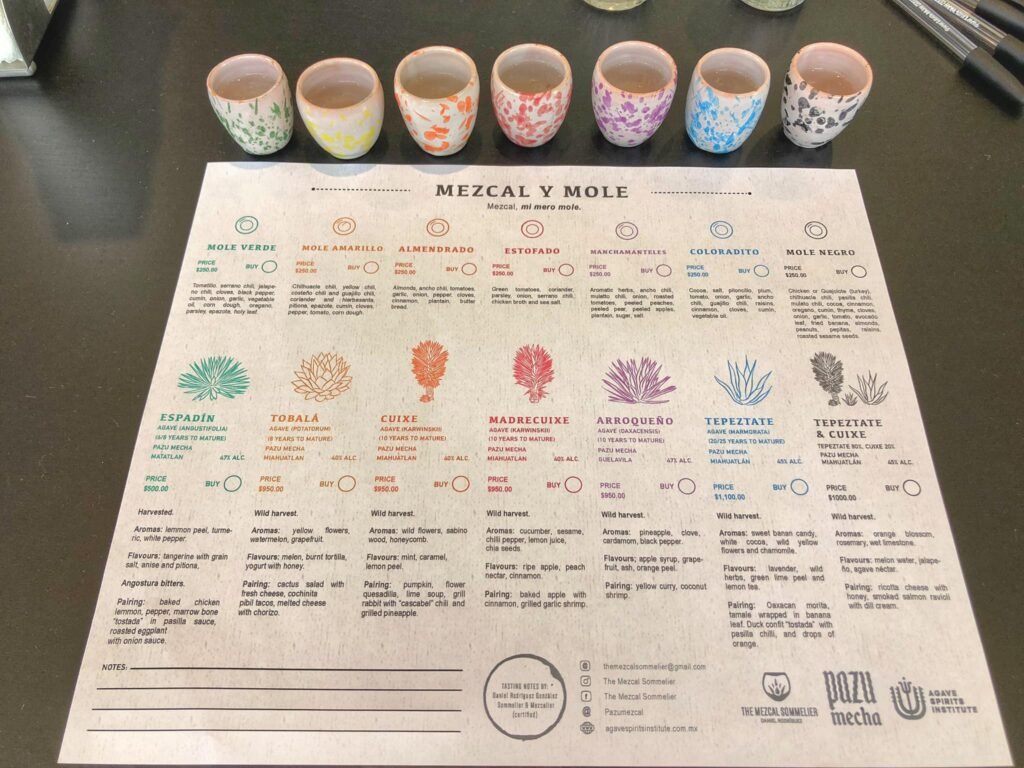
Since we were in the Mezcal capital of the world, birthday celebrations were obligated to continue with a Mezcal & Mole tasting. We splurged on an Airbnb experience with Daniel, a Sommelier, who offered us a tasting of seven moles and seven mezcals and we got to meet a really great group of other travelers as well ($45/person).
Mezcal is a very misunderstood and complex liquor. It comes from the agave plant, like Tequila, but Tequila is just one kind of mezcal, produced only in approved regions. By comparison, mezcal can comes from three dozen other agave species. In the tasting we got to understand the characteristics of some of these agaves that can make mezcal: Espadin, Cuishe, Madre Cuishe, Tobala, Tepeztate, Arroqueño and a blend. Aside from the easy-to-cultivate espadín species, the bulk of those agave species are only found in the wild and often take well more than 10 years to reach maturity.
Flavors vary widely, from smoky to honeyed to peppery to fruity to flowery to grassy.
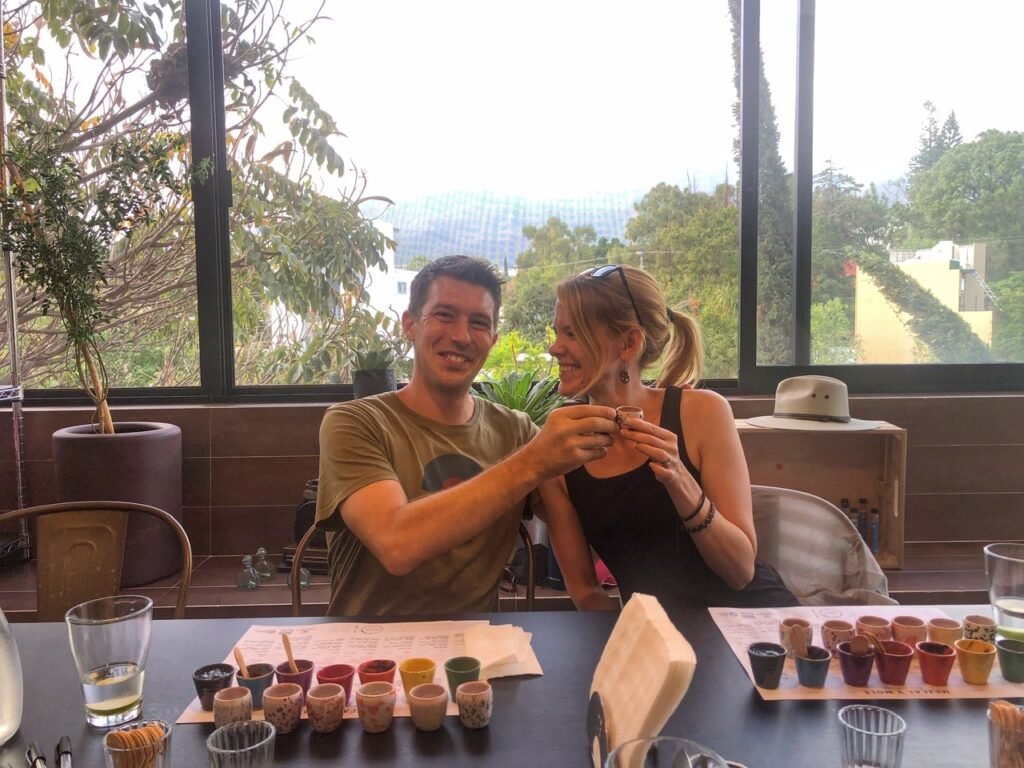
We also got to have a pleasant-tasting paired with a different mole for each mezcal. The indigenous dish of mole is widely considered to be the national dish of Mexico. Oaxaca has seven varieties of mole, so it’s certainly a great place to stick your tongue in some. These moles far exceeded our previous mole experience consisting of chocolate and pepper flavors. The smorgasbord included fruits, raisins, cloves, almond, and all kinds of unusual tastes to graze our tongues. We had verde, amarillo, alemendrado, estofado, coloradito, manchamanteles, and negro.
Making mole is a time-consuming labor of love, usually reserved for special occasions. To make mole from scratch, individual ingredients must be roasted and ground before being combined with stock to form the paste. This is cooked over a low heat, and stock is continuously added (alongside additional ingredients), until it reaches the desired consistency. Some moles can have up to 40 ingredients.
Our favorite here ended up being Alemendrado, which included almonds, ancho chilis, tomatoes, garlic, onion, peppers, cloves, cinnamon, plantain and butter bread. We had to buy some to take back to the States for our parents. OMG.

Our group was all visiting from the States. We had a fantastic time and ended up going to dinner and enjoying the whole evening with them.
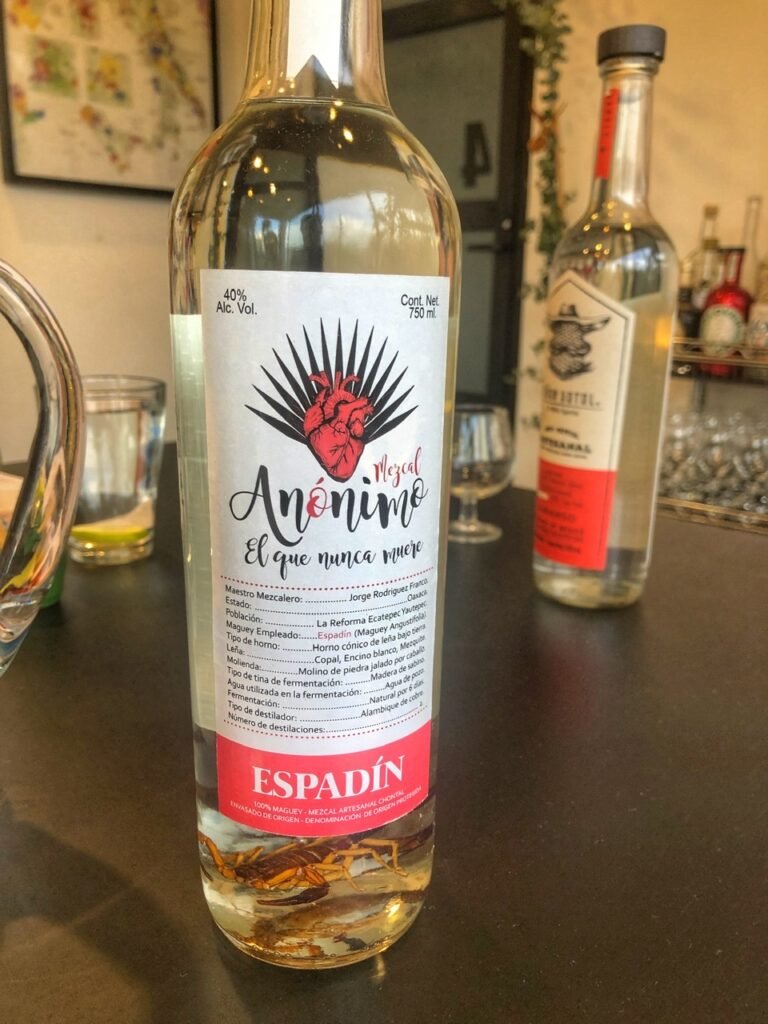
One of extra tastes we got to try.
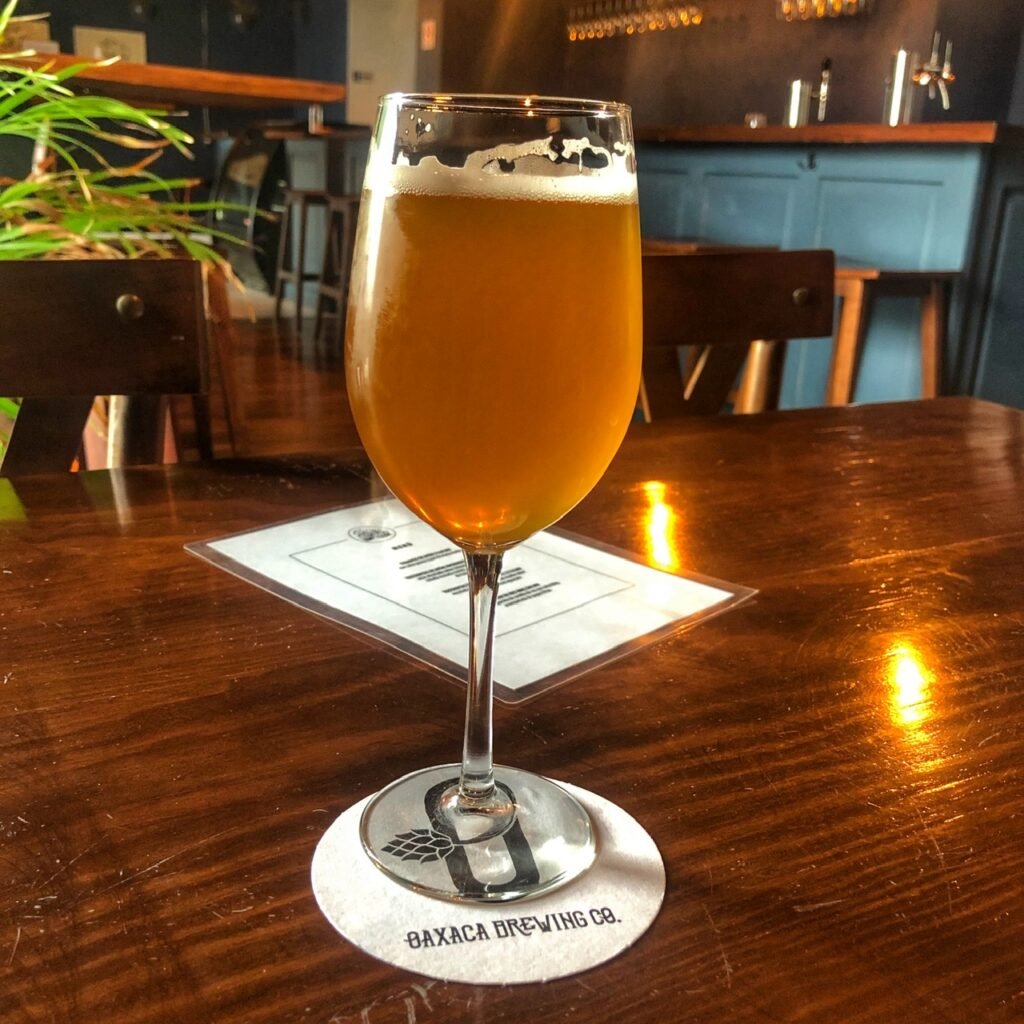
Greg’s birthday beer from Oaxaca Brewing. It was a Saison Maracuya (passion fruit) and was excellent.
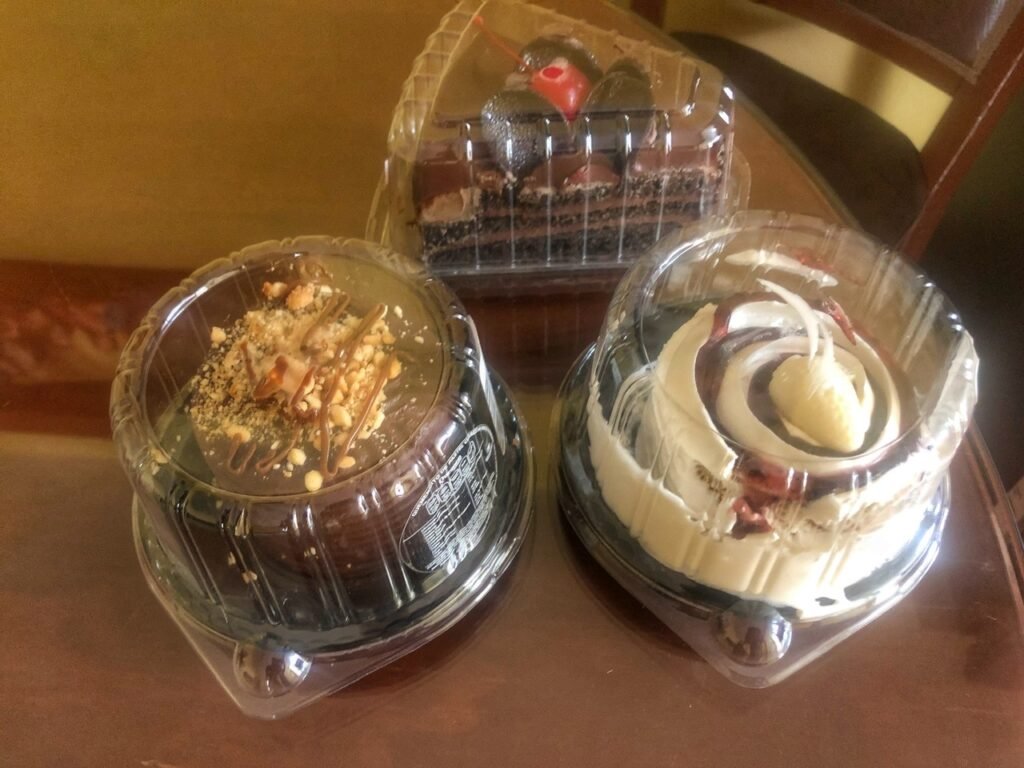
He couldn’t decide which cake he wanted so he just took them all ? Wasn’t really a problem since they were less than $2 each ($40 pesos).


